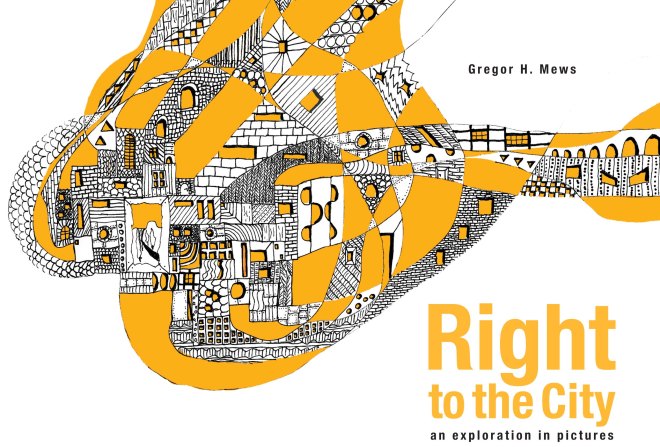We are part of a global webinar series initiated by City Space Architecture and the Chinese University of Hong Kong ‘2020: A Year without Public Space under the COVID-19 Pandemic‘. Be part of the conversation and register for this free event on Thursday September 10, 2.00 – 3.30pm CET. There is a stellar line up of expert speakers from around the world. More information about this event can be accessed here: https://www.journalpublicspace.org/index.php/jps/navigationMenu/view/covid-19/webinar18
Tag Archives: Right to the city
The City of the Future starts with you!
On the 2nd of March 2017 our Founder Greg Mews was invited by Lighthouse Business to introduce Urban Synergies Group vision to a wide audience in only five minutes. The topic was “The 100 year life” as part of their Festival of Ambitious ideas.
Check out the video clip and be part of the conversation.
Season Greetings from Urban Synergies Group

“Your good deeds might seem invisible, but they leave a trail that is imprinted on the heart of others.”
author unknown
Become part of shaping healthy communities worldwide. Consider starting by securing your copy of “Right to the City- an exploration in picture” and click here.
USG Publication launch at UN Habitat 3 conference in Quito, Ecuador
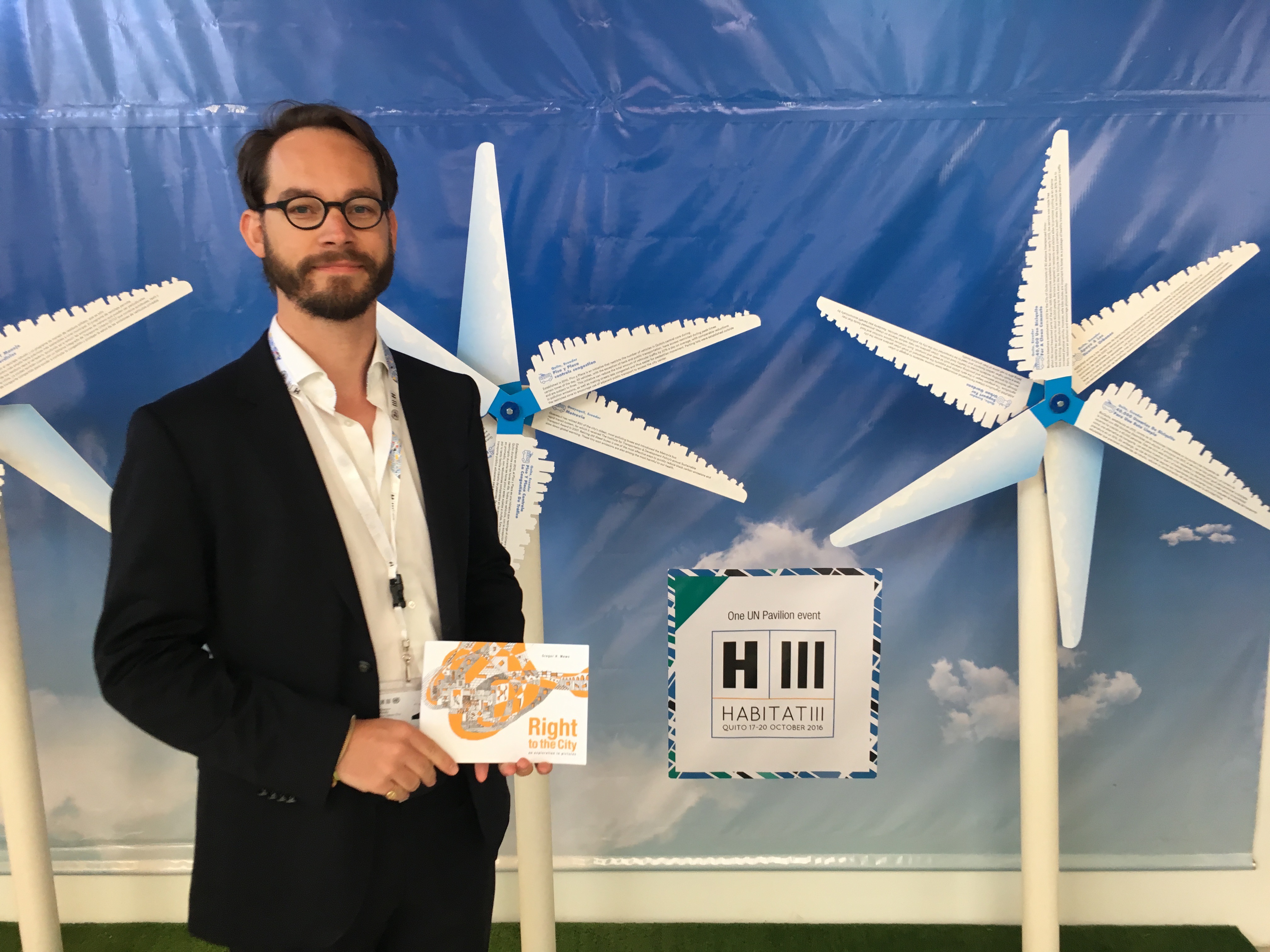
Urban Synergies Group (USG) launched today the booklet on “Right to the City” at the Habitat 3 conference in Quito, Ecuador. This conference was organised by the UN Habitat. The aim of this conference is to determines the future of urban development globally for the next 20 years. Our team at USG as one of the Global Assembly of Partners informed the development of the ‘New Urban Agenda’ document on three key issues:
- Right to the city – in line with our Perspective Statement on the ‘Right to the City’ that has been developed with the involvement from grassroots level.
- Health and well-being in planning and urban design.
- Child- friendly environment as part of the public space agenda.
Apart of being able to provide constructive input in a round table discussion at the Children and Youth Assembly infrastructure stream- one of our key highlights so far was the launch of the booklet on “Right to the City” earlier today. As the only constituency Urban Synergies Group got exclusive access to the UN Habitat library in the UN Pavilion. Listen to our Founder and Director Gregor H. Mews on what he had so say by clicking on the video recorded live earlier today in the UN Pavilion.
This is your invitation to become part of our philosophy and contribute shaping healthy communities internationally.
Purchase a copy of our crowdfunded booklet and choose where your contribution should go. Support either to play space projects in Vietnam or to local safe journeys to school project “Tunnel Talk” in Australia.
Click here and follow three simple steps if you want to call this booklet your own.
Our efforts here in Quito are not over yet. Tomorrow, 19th October 2016, we will participate in the discussions at the Transport day, support ISOCARP on “Smart Cities and the New Urban Agenda” from 12.30 -1.30 pm and will showcase our perspective at the “Moving from Habitat3 to Implementing the Right2City from 2-4 pm.
Be part of the debate and follow us on twitter for the latest updates and news on the New Urban Agenda – UrbanSynergiesGroup @usg_gregor.
Urban Synergies Group at Habitat 3
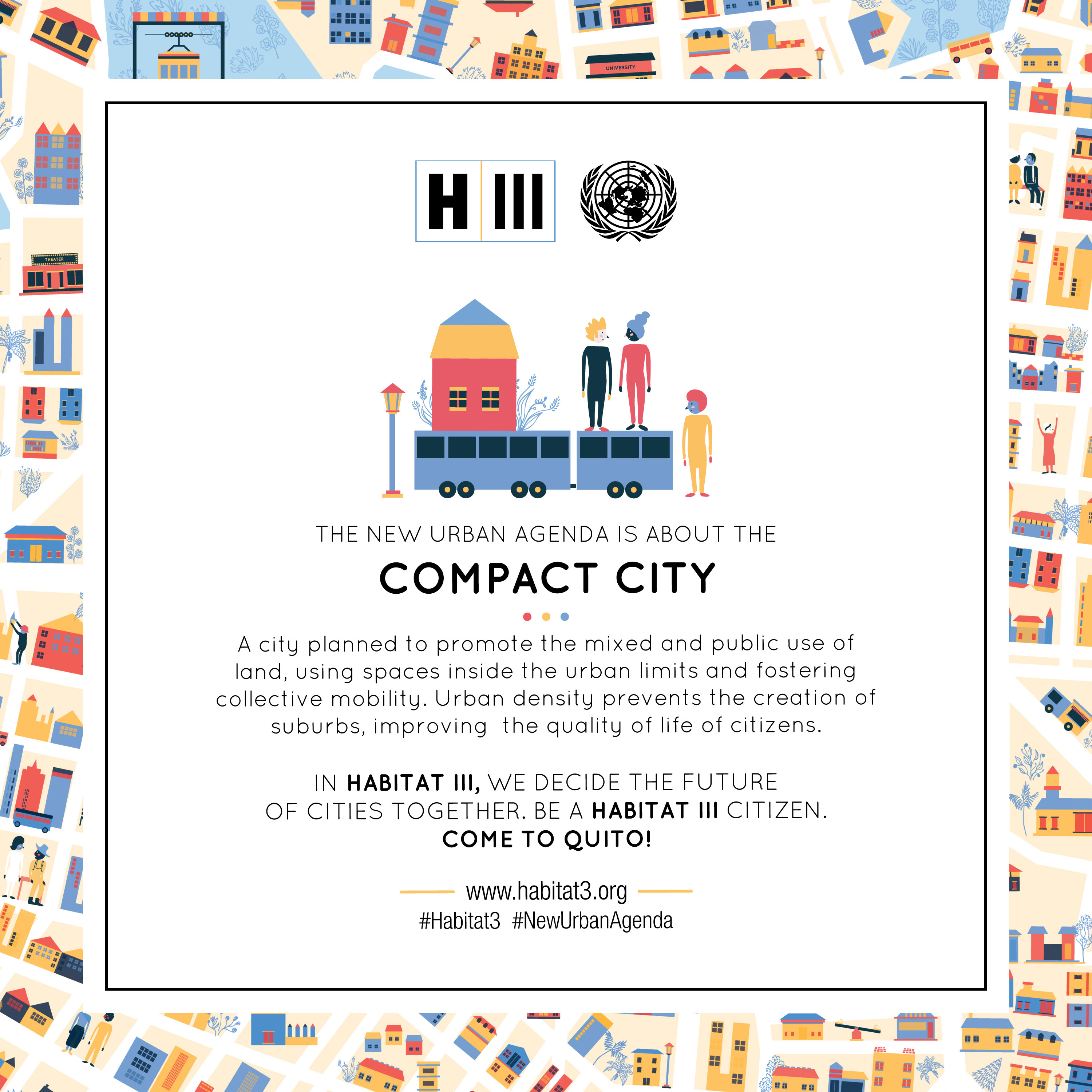
Invitation
Meet us at Habitat 3. Come and discuss with us “Smart cities in the New Urban Agenda” at the ISOCARP side event of the Habitat 3 conference in Quito, Ecuador.
When: 19th October 2016, 12:30- 1.30 pm
Where: Room MR10, Casa de la Cultura Ecuatoriana “Benjamin Carrion”, Quito, Ecuador
Habitat 3 Implementation Plan
We don’t just talk we do…Urban Synergies Group committed more than 100.000 Dollars to implement “Shaping Spaces for Gen Z” over the next five years across the Asia Pacific region as part of the Habitat III Implementation Plan. Join and/or support us! Our Founder Greg Mews will be available to meet you after the side event session to discuss opportunities for collaboration. Alternatively you may contact him per email to make arrangements during the conference under gregor (at) urbansynergiesgroup.org.
Shaping Spaces for Gen Z- international Forum
Last but not least we are delighted to announce that we are hosting in partnership with the Health Research Institute, University of Canberra, a International Forum “Shaping Spaces for Gen Z” on 7 December 2018 in Canberra, Australia.
Get involved and don’t miss out! Secure your ticket and click here for Tickets.
USG interview with Ric Stephens, President of the International Society of Cities and Regional Planners on ‘Right to the City’
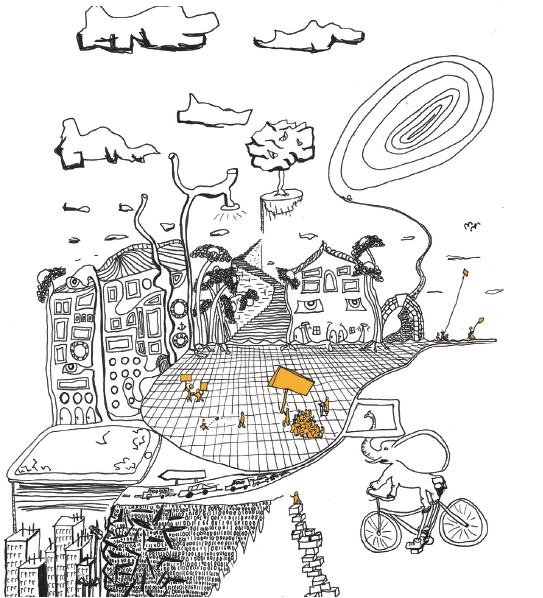
(Picture copyright by Gregor Mews)
Urban Synergies Group (USG) Founder Gregor H. Mews met with Ric Stephens, President of the International Society for Cities and Regional Planners (ISOCARP) on 18th August 2016 in Sydney, Australia. The following interview is part of USG lead up commitment to raise awareness on the making of the New Urban Agenda, Habitat III, and the ‘Right to the City’.
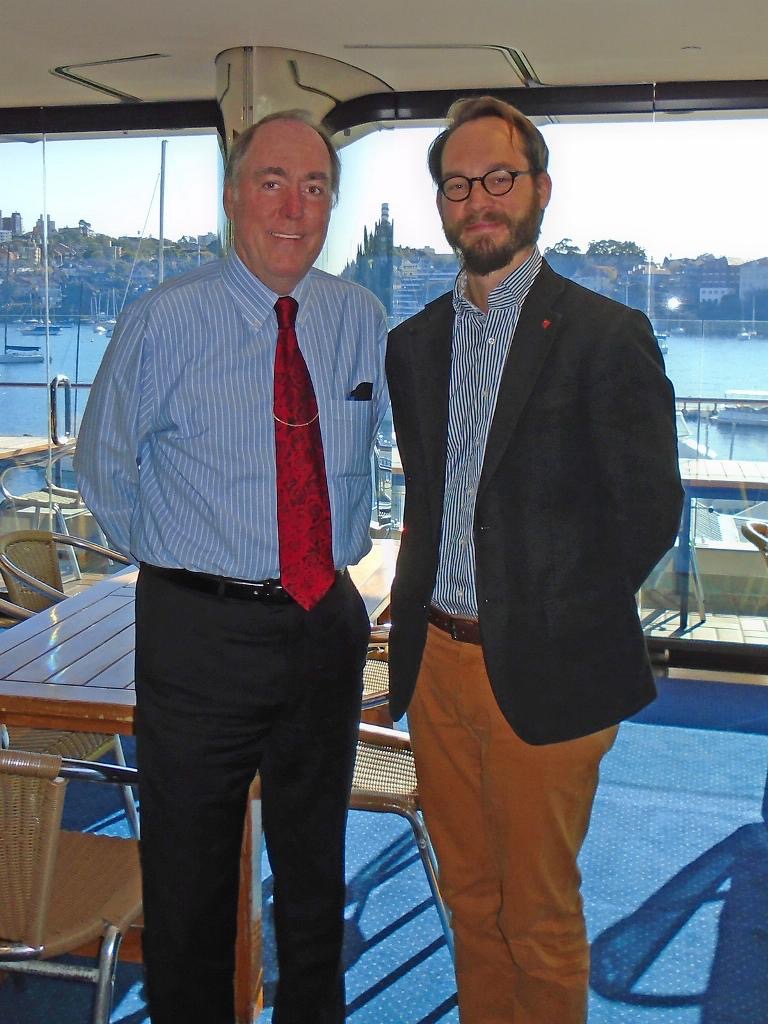
USG: What does ‘Right to the City’ mean to you in a professional context?
RS: From my view the issue of equity or equality with respect to ‘Right to the City’ is a big discussion question here in Australia and where I am from in Metro Portland in the USA. The big discussion we are currently having is on affordable housing. In Portland we are considering it under the term “equitable housing” and for Habitat 3 it is the concept of “adequate” housing. The real issue here is not just providing affordable housing rather housing for a broader range for society and to provide housing that is equitable in the sense of the ‘Right to the City’, but also in the sense of adequate housing that is not only the housing that is affordable but accessible to amenities. In other word’s you can have affordable housing, but what does it mean if there is no ability to find jobs or schools nearby for the children. The question of the ‘Right to the City’ is broadened from affordability or equity and then a larger definition provided by UN Habitat with adequate housing.
USG: What about your personal experience?
RS: Personally having a more diverse city is really more desirable than having a city that is structurally limited in terms of demography. Where I worked in Southern California we are having a variety of cities where only senior citizens live. It’s a weaker, less vibrant in every sense of way. It may be more safe and they have more interest in the common. But even they would say that they are missing the sound of children hearing them laughing. Not having the diversity of culture really limits the quality of life. I’ve seen that first hand in some communities for example in Metropolitan Portland, where I live and work, we really embrace a cultural diversity.
USG: Would you agree with the premise ‘We should design more playful environments in order to create a sense of mystery and uniqueness in our urban systems?’
RS: Definitely, most cities and this is a bit of a discussion I had during this visit in Australia. Globally, the plans and vision for cities such as the master plans and the documentation to implement those development and zoning codes don’t have any or very little provision for a sense of place. Sense of place that have a lot of elements such as a sense of discovery, sense of time and even a sense of joy. Those elements I am missing from those documents that define places from an administrative and governance point of view. Creating mysteries in cities, creating possibilities to explore and discover places would be something really wonderful to incorporate.
USG: What do smart cities to offer in terms of ‘Right to the City’?
RS: The smart cities concept is really controversial, because many of my colleague’s feel that having a technology component, which is so commercialised, won’t address the issue that you are in a city in line with ‘Right to the City’. Of course the profit mode of other drivers for smart cities don’t usually include directly equity or social responsibility. For developing countries smart cities can offer increased opportunities for of citizen’s engagement. Even in poor cities a high percentage of the population has smart phones, that can be the foundation for creating a smart city which is also a city that is equitable.
USG: What are your top three take away messages that get us closer to healthy cities for all?
RS: This does not represent ISOPCARP and is my personal opinion. I would say the first one is to bring nature back into the city. Biophilia, the concept of the love for nature and biophilic design is really critical. We need to bring nature back into the city and in a systems way. Not just ‘plunk’ a tree here and there or scatter it with a park, but have a system of nature in the city where we are creating an urban ecology. This would be linking the parks with trails, creating meaningful green roofs, green streets, green walls and second and in connection to that is providing local food. We need to bring local food back into the urban environment. I always ask my students and colleagues how far do we have to walk to find food in the environment –a berry, a nut or vegetable. In some cities the question is there is no place to walk to find food. So we need to change our thinking with nature in the city.
The second recommendation: I feel planning has tried so hard to become a science that we overlooked and bypassed being an art. Or perhaps not ourselves but necessary being artist but at least bringing art and culture back into the city in a meaningful way. And again we have ‘plunk’ art where everything is built by dropping a statue in a place or put a mural on a wall or somewhere, but that is not meaningful. We should have culture in the city where we have public spaces and art everywhere. The city should be infused with cultural expression and there should be ways where people can express themselves about the city. Maybe one street is a festival street. They close the street and its used for Madrigal or Christmas or Ramadan – whatever the events are. There needs to be a venue for cultural expression. We should have more things where art permeates the city in every form. Streetscapes and build urbanscapes should all have art as a component of that.
The third element that would make cities more lively is the idea of a smart city. Our cities can be seen as dangerous places and difficult places for many people, but people understand cities. Information and knowledge is more ubiquitous. Cities can be friendlier places, finding your way around and navigating through the city. All of this is part of the smart city concept to make cities understand better. Of course along with this concept is the importance of citizen engagement. Our cities should be much more vibrant where people understand and care about the governance of their city.
USG: Thank you very much indeed for your valuable observations and critical reflection on issues that are fundamental to shaping healthy communities around the world.
The Urban Synergies Group perspective statement on ‘Right to the City’ can be downloaded by clicking here, but our commitment to ‘Right to the City’ goes even further…
Urban Synergies Group is revisiting the ‘Right to the City’ and will contextualise the concept in a contemporary context as part of a creative work, which will be launched at the Habitat 3 conference, 17-20 October in Quito, Ecuador. The creative publication on ‘Right to the City’ is reaching out to passionate individuals around the world aiming to raise awareness and fund ethically activities that create healthier environments on the ground.

Launch of the Perspective Statement “Right to the City”
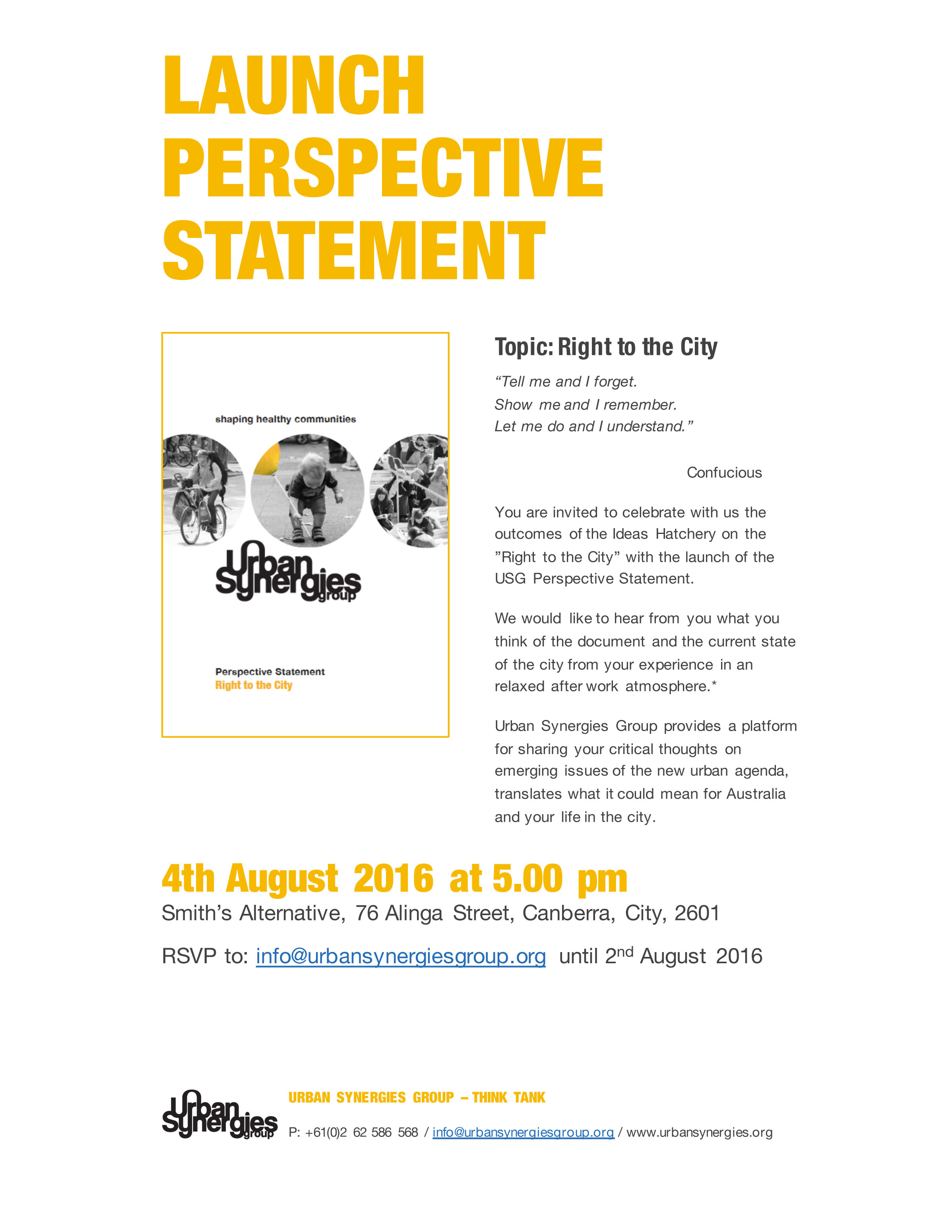
Ideas Hatchery
Urban Synergies Group is hosting the first “Ideas Hatchery” event in Canberra, Australia.
Under the theme „Right to the city“ interested and passionate individuals are invited to take part in a exploration to better understand our collective understanding of the topic. Participants will discuss challenges and opportunities with like minded individuals in a relaxed after work atmosphere.
Urban Synergies Group will harness the thoughts and develop a bottom up approach on the issue that can inform the Habitat III and related debates.
When 2nd June 2016 from 5.30 pm onwards
Where Parlour Wine Room, 16 Kendell Lane in New Acton, Canberra, Australia
Material and nibbles will be provided.
What is an “Ideas Hatchery”*?
The concept was developed by Gregor Mews, as an instrument to harvest and to improve the collective common understanding of an nominated subject in a informal and relaxed environment. It is not a mechanism to articulate a formed opinion, rather than listening and harvesting other peoples thoughts on a nominated subject. By collecting thoughts of participants the ideas will be naturally validated throughout the event. The more thoughts a participant collects his or hers understanding will improve.
Rules
- It is not about your own idea – it’s about our common understanding on a nominated subject.
- Participants will be asked to write down their initial ideas of the subject on a piece of paper.
- Ideas written on paper will be collected in a boy by the moderator.
- Now all participants will be invited to collect as many ideas from other participants as possible. Each collected idea should be written and numbered. Given that the atmosphere is relaxed, discussion should be possible this may take up to a hour.
- When finishing the collection and the participant had an opportunity to speak to as many people as possible. Each participant hands the collection of ideas over to the moderator.
- The moderator notes the amount of ideas from each participant. The person with the highest amount of ideas collected will receive an award at the end.
- The collection of ideas will be read out by the moderator and the top three voted upon by the participants.
Group size: 5 – 50 participants
Time: pending on size of the group (up to two hours)
Material required: paper, pens, box, award, snacks, drinks
- cc by Gregor H Mews, Urban Synergies Group
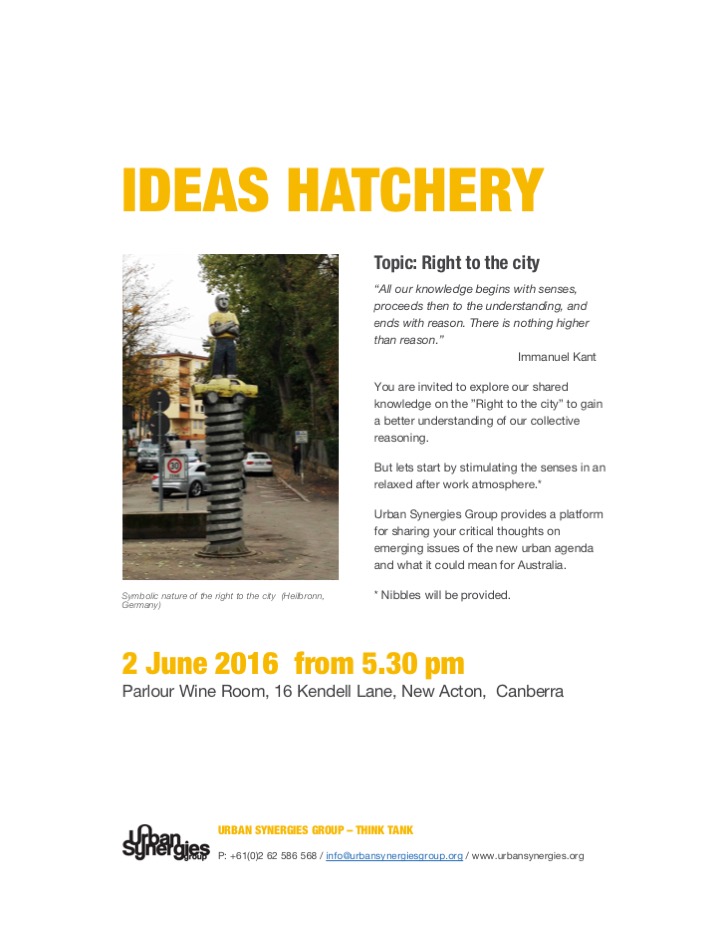
Right to the city – the new UN Habitat paradigm
“Man only plays when he is in the fullest sense of the word a human being, and he is only fully a human being when he plays” wrote Friedrich Schiller (1795).
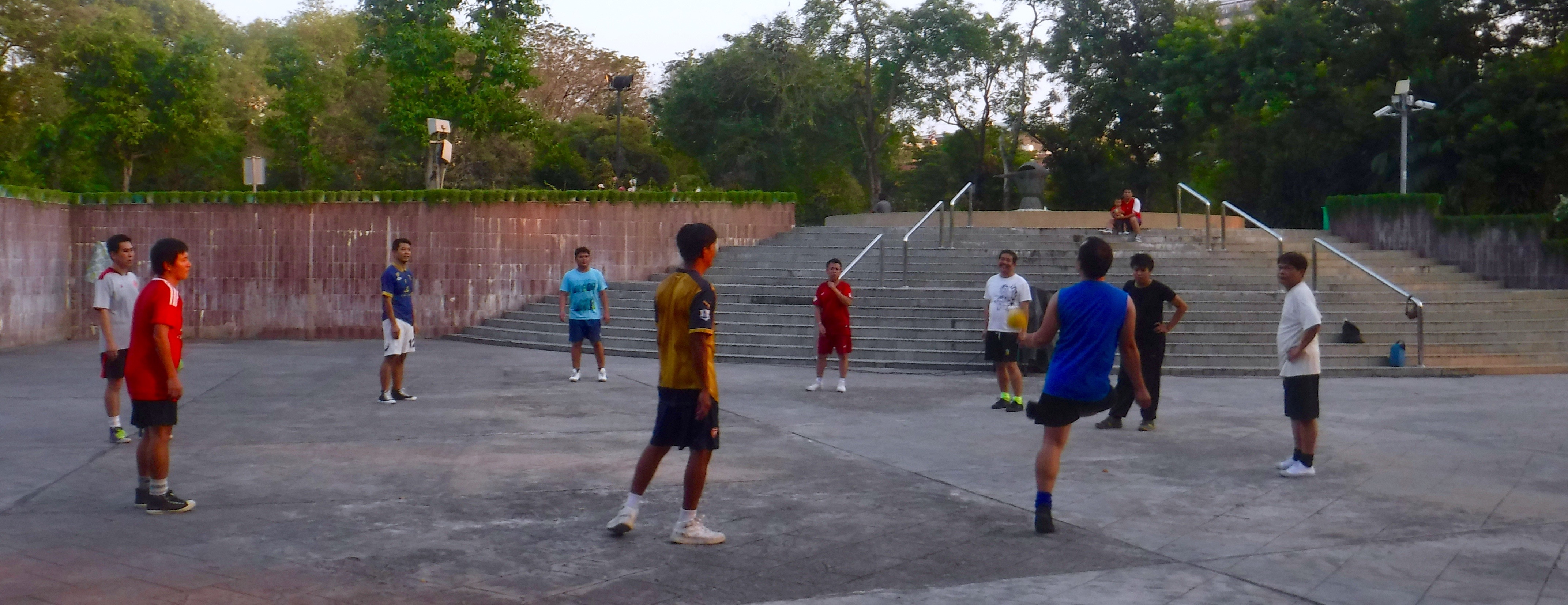
Urban Synergies Group has been advocating for a paradigm shift towards human rights in urban design as integral part of sustainable development. Our submission highlighted that if we want to sustain health and well- being in urban systems we must embrace sustainable development with our collective bio-history in mind and adding human rights into the equation. We are pleased to share that the outcome of the UN Habitat III meeting has just been released. The Barcelona Declaration for Habitat III – Public Space stresses the following:
“Human rights are key to advancing and developing an urbanization that is sustainable and socially inclusive, that promotes equality, combats discrimination in all its forms and empowers individuals and communities. The New Urban Agenda is a unique opportunity for state authorities at all level to realize the human rights of all inhabitants.”
“The Right to the City is a new paradigm that provides an alternative framework to re-think cities and urbanization. It envisions the effective fulfillment of all internationally agreed human rights, sustainable development objectives as expressed through the Sustainable Development Goals, and the commitments of the Habitat Agenda.”
